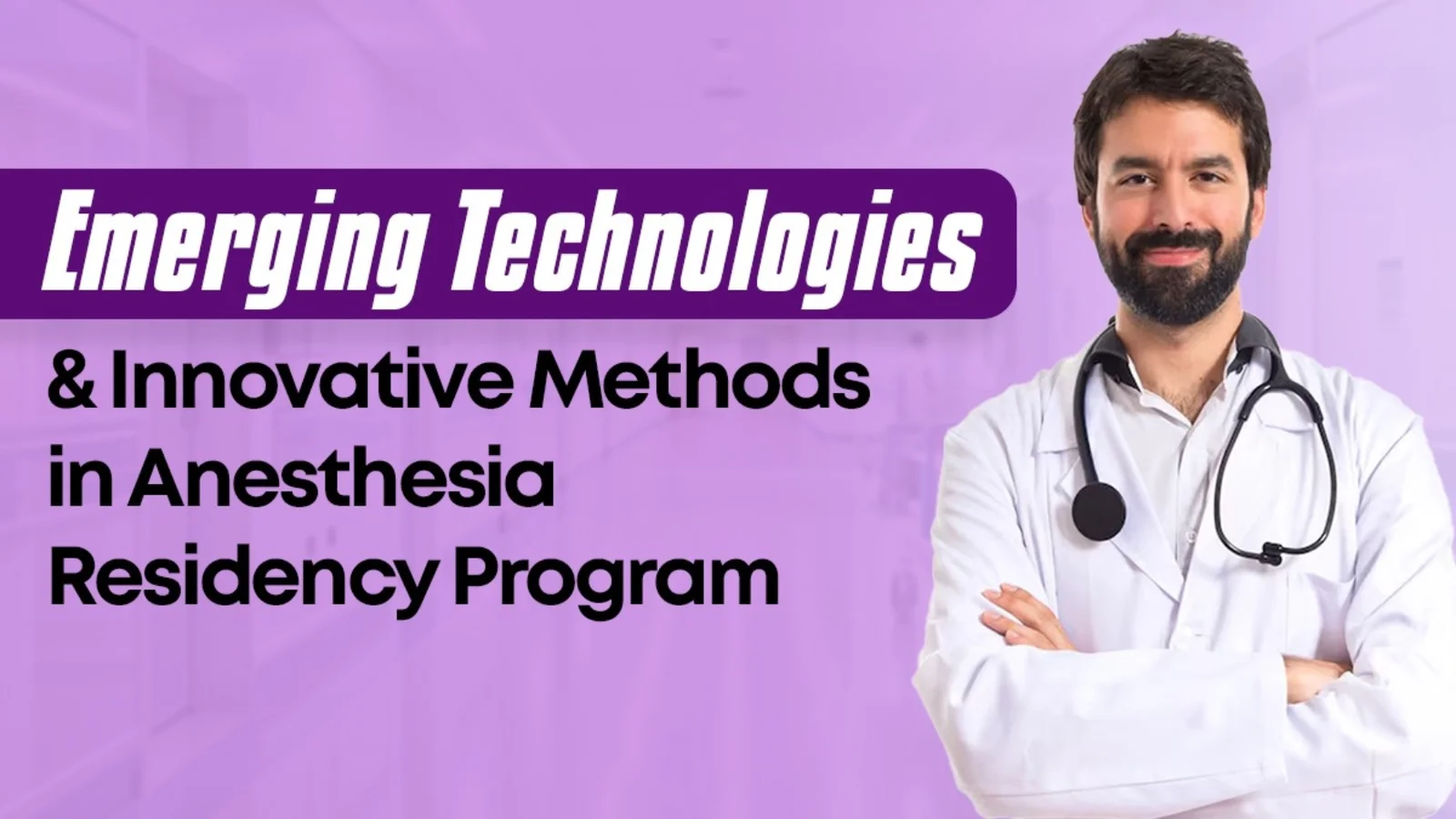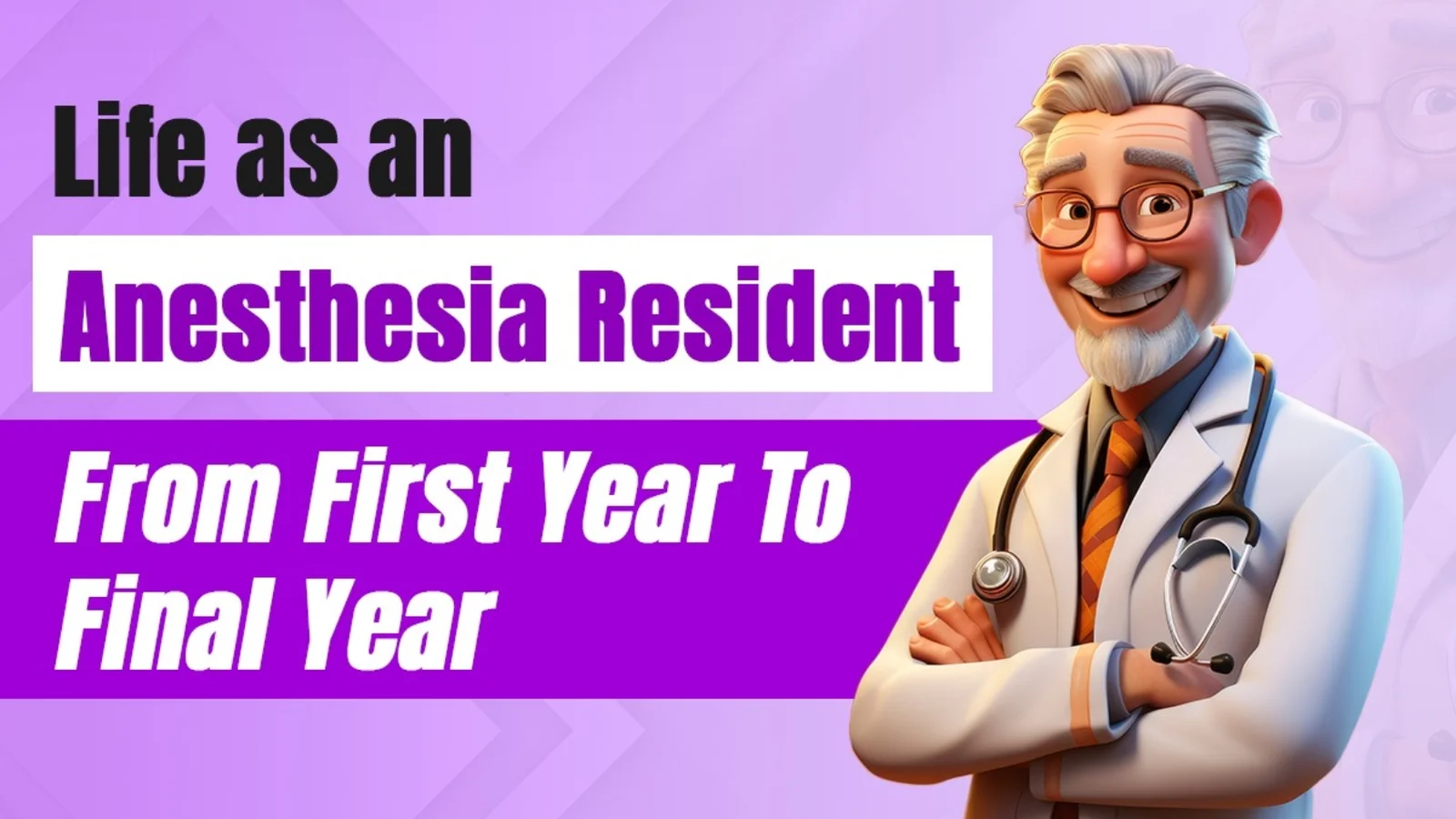Estimated reading time: 4 minutes
Anesthesia residency education has greatly changed in recent years. Anesthesia residency programs adopt new teaching methodologies and high-tech education to train anesthesia residents fully. Furthermore, the growing needs of the health industry require an even more efficient education as it is not meant to be solely a knowledge-based practice but even on the skills and the use of judgment and adaptability. In this blog, we discuss these new approaches and how they contribute to a rich education for tomorrow’s anesthesiologists.
Key Innovations of Anesthesia Residency Programs
- Simulation-Based Learning
Simulation laboratories allow anesthesia residents a controlled environment in which to practice and hone their skills, all with the aid of high-fidelity mannequins that could replicate patient situations. This therefore provides this intense experience for:
- Cultivation of critical decision-making.
- Improvement of procedural skills during emergency situations.
- Gaining self-confidence through hands-on practices in a controlled environment.
- Flipped Classroom Model
It is a teaching method that reverses the traditional lecture-based model by having students learn content before class and apply it during class. This type of model will allow anesthesia residency programs to make their time in the classroom interactive and applied toward real-world use:
- Students prepare on essential topics and, in attendance classes, focus on interesting clinical cases or difficult subjects.
- Promotes active learning as well as critical thinking.
- Facilitates independent study, an important skill for lifelong learning in medicine.
- Technology Integration: E-Learning & Virtual Reality(VR)
E-learning and Virtual Reality are changing the landscape of education in anesthesiology:
- E-learning platforms make content available to a learner at any time and as often as desired through access to videos, case studies, and modules.
- VR simulations allow anesthesia residents to hone complex procedures, making technical skills all the more intense within a safe, reality-like setting.
- Most highly ranked anesthesiology residency programs employ VR to simulate environments for the preparation of true high-risk operating room scenarios.
- Mentorship and Peer Learning
Mentorship and peer learning play an important role in anesthesiology residency:
- Experienced anesthesiologists provide guidance, and career advice and offer intricate hands-on knowledge.
- Peer learning encourages knowledge sharing, case discussion, and a supportive environment in which learning is considered acceptable.
- This process motivates professional growth, cross-learning, and resilience in the difficult time of residency.
- Integration of Research and Evidence-Based Learning
Staying up to date with research is essential in anesthesia residency tarining:
- Residents are encouraged to engage themselves in research activity and, accordingly, master critical thinking and clinical judgment.
- Their capacity to employ evidence-based practice is initiated, and they can apply the new discoveries and, thus make efforts for the welfare of the patients.
- Many of the best anesthesia residency programs also offer research tracks for the would-be faculty members.
- Continuous Assessment and Tailored Learning
Continuous assessment enables anesthesia residents to track his/ her progress and perfect the craft:
- Continuous feedback from practical exams and assessments brings about progress.
- Personalized learning plans allow anesthesia residents to concentrate on areas to be improved, thus bringing about holistic competence.
- Ensures that every resident grows at their own pace while meeting the program’s standards.
Conceptual Anesthesia: Re-Defining Anesthesiology Training
Conceptual Anesthesia adopts these innovative approaches toward providing a holistic platform for anesthesia residents:
- The platform includes simulation, e-learning, and mentorship to provide a balanced learning experience.
- The resources include virtual case discussions, lectures, and scenario-based simulations between theory and practice.
- This is a valuable resource for those looking for the best anesthesia residency programs and aiming for a future career in anesthesiology.
Conclusion
Modern anesthesia residency programs embrace technology, active learning, and continuous improvement methods in order to keep pace with the fast-shifting healthcare environment. By integrating simulation, mentorship, and evidence-based learning, residents are then ready to work well in an ever-changing practice environment by developing clinical skills, adaptability, and decision-making capabilities. Valuable platforms such as Conceptual Anesthesia, because they help push and amplify educational innovations, are going to significantly determine this new era of anesthesiology education.



